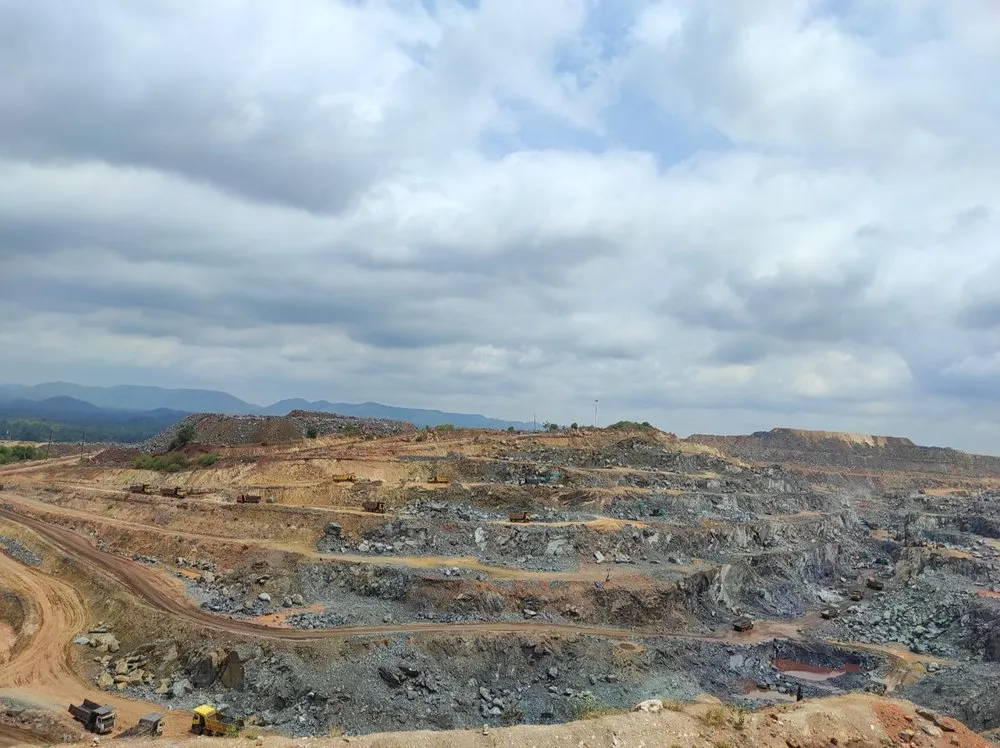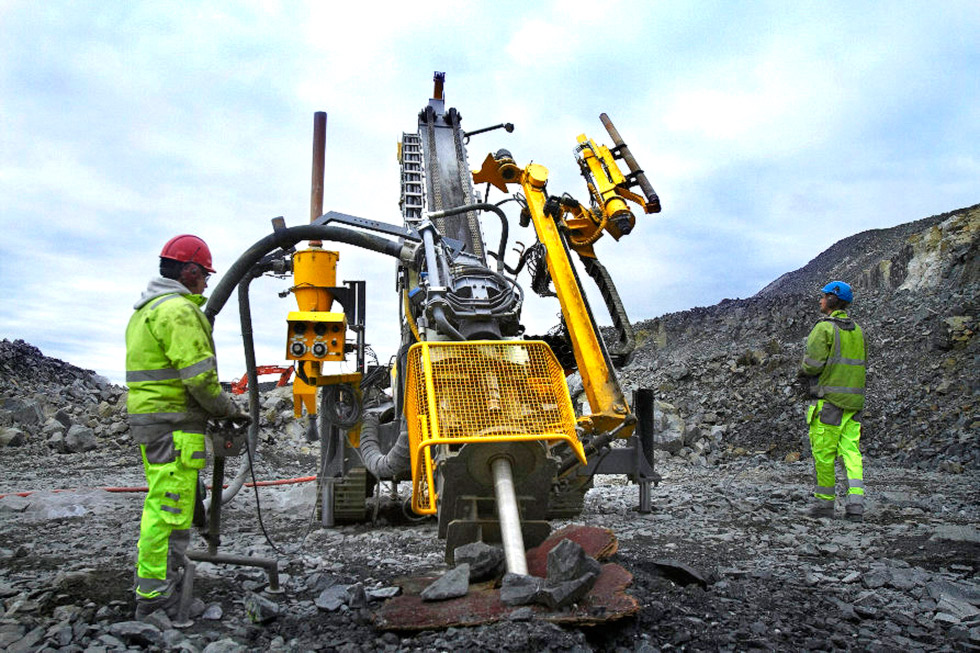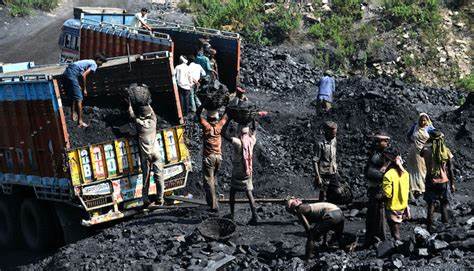Mining is the extraction of valuable geological materials and
minerals from the Earth and other astronomical objects. Mining
is required to obtain most materials that cannot be grown
through agricultural processes, or feasibly created artificially
in a laboratory or factory. Ores recovered by mining include
metals, coal, oil shale, gemstones, limestone, chalk, dimension
stone, rock salt, potash, gravel, and clay. The ore must be a
rock or mineral that contains valuable constituent, can be
extracted or mined and sold for profit.
[1] Mining in a wider
sense includes extraction of any non-renewable resource such as
petroleum, natural gas, or even water.
Modern mining processes involve prospecting for ore bodies,
analysis of the profit potential of a proposed mine, extraction
of the desired materials, and final reclamation or restoration
of the land after the mine is closed.
[2] Mining materials are
often obtained from ore bodies, lodes, veins, seams, reefs, or
placer deposits. The exploitation of these deposits for raw
materials is dependent on investment, labor, energy, refining,
and transportation cost.
Mining operations can create a negative environmental impact, both during the mining activity and after the mine has closed. Hence, most of the world's nations have passed regulations to decrease the impact; however, the outsized role of mining in generating business for often rural, remote or economically depressed communities means that governments often fail to fully enforce such regulations. Work safety has long been a concern as well, and where enforced, modern practices have significantly improved safety in mines.





Advancements in sensor technology and in computer hardware and software capabilities are finding increasing application in underground coal mines, especially in the monitoring and control of ventilation, haulage, and machine condition. Machinery can be remotely operated, and continuous miners have also been equipped with automatic controls.

A coal preparation or beneficiation plant is a facility that washes coal of impurities such as ash, soil and rock, crushes it into graded and sized chunks (sorting), stockpiles grades, and prepares and loads it for transport to market.


Once coal has been prepared, higher grades are delivered to export markets while the lower-grade product is purchased by Eskom and burned in specially-designed power station boiler hearths.
